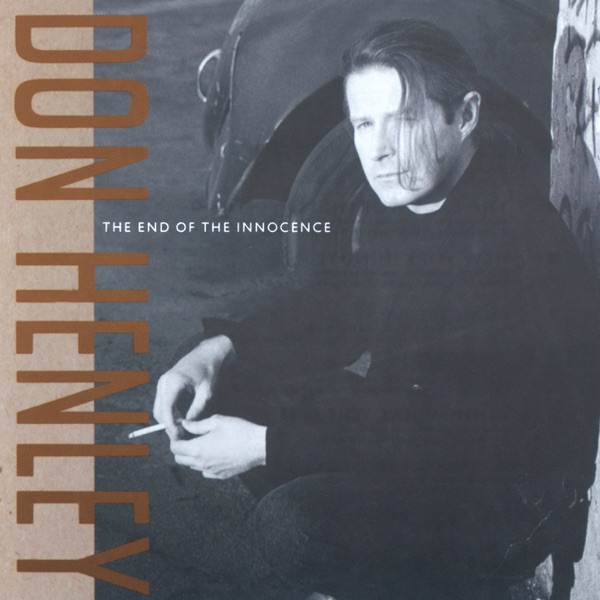Musical Context
"The End of the Innocence" features a polished, studio-heavy production style characteristic of late 1980s rock, incorporating synthesizers, drum machines, and layered vocals alongside traditional rock instrumentation. Henley collaborated with Danny Kortchmar, Bruce Hornsby, and Mike Campbell, among others, blending Henley's established sound with contemporary influences. The album draws from adult contemporary, pop-rock, and elements of Henley's earlier work with the Eagles. Comparisons can be drawn to other sophisticated rock albums of the era, such as those by Fleetwood Mac and Dire Straits, in its sonic ambition and lyrical depth.
Cultural Context
Released at the close of the Reagan era, the album reflects a sense of disillusionment and introspection prevalent in American culture. Its themes of lost innocence, societal anxieties, and personal reflection resonated with an audience grappling with complex social and political issues. The album also tapped into a growing trend of singer-songwriters addressing mature themes in a pop-rock format.
Artist Context
"The End of the Innocence" marked Henley's third solo album, arriving after his successful debut, "I Can't Stand Still," and the commercially potent "Building the Perfect Beast." This album saw Henley further refine his songwriting, tackling more personal and socially conscious themes. It solidified his position as a leading voice in adult-oriented rock, distinct from his earlier work with the Eagles, showcasing his growth as a solo artist.
Album Significance
* The album was a commercial success, reaching platinum status and spawning several hit singles, including the title track and "The Heart of the Matter."
* It received generally positive reviews, with critics praising Henley's songwriting and the album's sophisticated production.
* Standout tracks like "The Last Worthless Evening" and "New York Minute" showcased Henley's ability to blend personal narratives with broader social commentary.
* The album's exploration of mature themes and polished sound helped to define the adult contemporary rock genre of the late 1980s and early 1990s.
* The collaboration with Bruce Hornsby on the title track brought a distinctive piano-driven sound to Henley's work, expanding his musical palette.
Historical Context
1989 was a pivotal year in music history, witnessing the rise of alternative rock with bands like Nirvana beginning to gain traction. Meanwhile, mainstream rock continued to evolve with artists like Henley embracing sophisticated production techniques. The year also saw the release of significant albums from artists such as The Cure, Fine Young Cannibals, and Janet Jackson, reflecting a diverse and dynamic musical landscape. "The End of the Innocence" represents a bridge between the classic rock sensibilities of the past and the evolving sounds of the coming decade.
